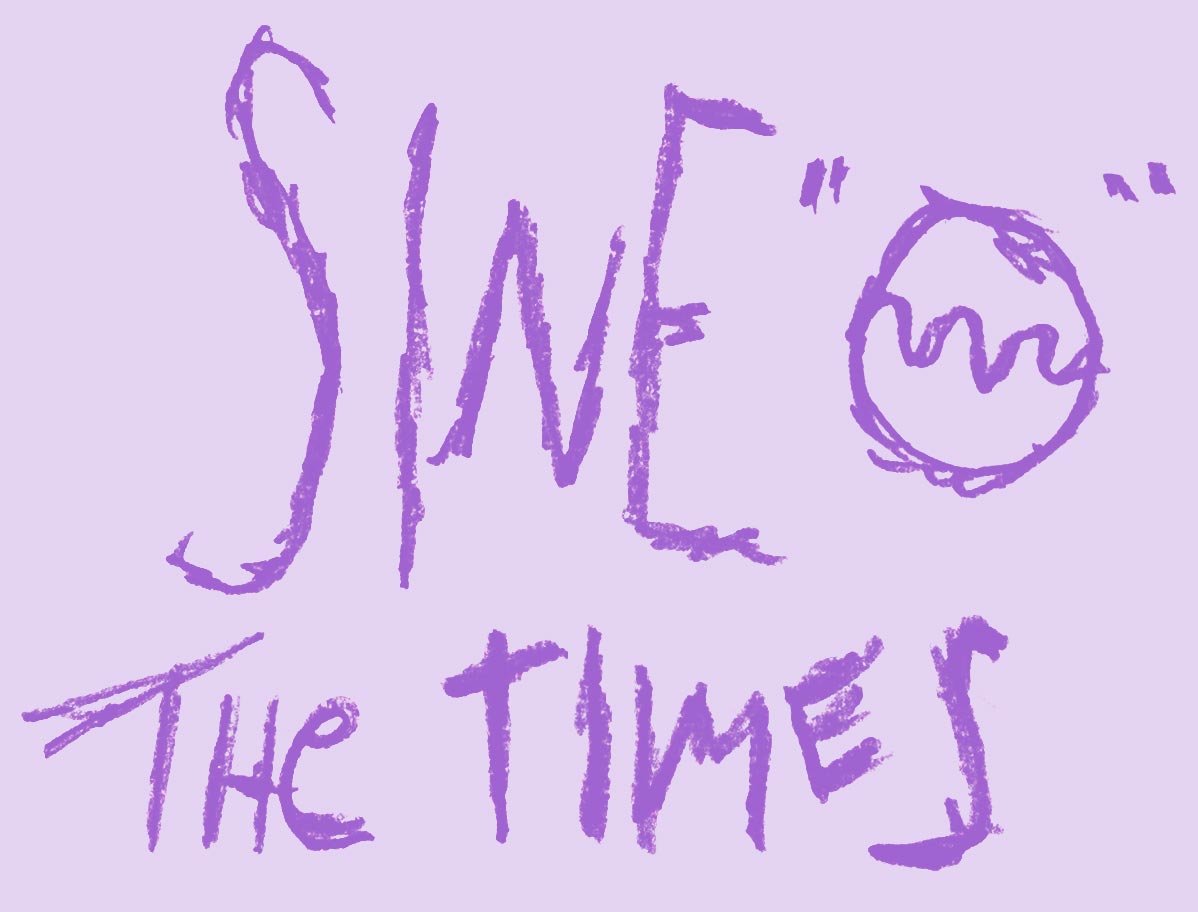Since March we’ve been spending a lot of time in virtual spaces. Not only have we had to completely move to virtual collaboration, but we’ve had to bring our clients along with us.
As interaction designers and strategists, we’ve had a lot of time to think about alternatives that could make Zoom better for collaboration, especially as it’s being used more and more to replace genuine human interaction. We also learned last week that Zoom’s early investors are also backing a company that’s focused on making virtual classrooms more friendly and useful for students, observing that tools like Zoom, Google Meet and Teams were never intended to be used by kids for a whole day of school.
Our friends at Bluecadet in Philadelphia have also been hard at work on this. Creative Director Brett Renfer made an excellent post about some new models for virtual spaces and how they could be truly immersive experiences. Josh from Bluecadet reached out and asked if we’d want to contribute some ideas to this work, and it was a juicy brief so we couldn’t pass it up.
Here’s our “designer’s notebook” of a few ways we could bring humanity back to virtual spaces.
How might we make it about people, not the room they’re in?
Something as simple as changing the default crop from 16:9 to a more human aspect ration could go a long way. The rest of portrait video is not just because it’s more natural on phones, but because it better frames people. Combined with good camera placement and lighting, we could put more focus on faces and all they can bring to a conversation, including body language and microexpressions.
How might we emphasize communication with “body language” or non-verbal cues?
Sometimes it can be tricky to tell who’s speaking, especially if someone else is sharing an idea or a screen. Simple movements could help draw the eye to the new speaker, or even help emphasize someone who has a point to contribute. This can help conversation flow more naturally and pass between multiple speakers, instead of scanning the list of thumbnails to see who looks like they’re going to burst if they don’t get to say something.
How might we enhance our virtual presences and add more fun?
There’s no reason the technology behind Snapchat’s filters needs to just be used for turning me into a VCR tape (though that is important). We could enhance our video feeds to help us express non-verbal appreciation, disagreement, or puzzlement. Combined with some existing patterns around emoji (like when it’s your birthday in iOS messages), the stream could become a much more fun place.
A teacher could give out virtual stickers to the class, and maybe even some virtual flair like a crown for the student whose birthday it is. Bluecadet had some excellent ideas for making these spaces more informative for presentations + certain types of technical models, and we think the social fabric of these gatherings could be enhanced as well.
How might we get into “group flow state” and get more creative?
Some of the most “normal” moments I’ve had since this all went down are when I’m just sketching with my friends and forget that I’m in my room, on a zoom, using my computer. We all know how good it feels to be in a personal flow state when you’re writing, reading, designing, coding, etc. But groups can get into flow too, and pair programming or design collaboration really benefits from this mode.
Bringing tools like Dropbox Paper, Mural or Figma closer to video conferencing could really help bridge the divide. Instead of presenting to a group and then closing the camera to create in private, making creation a public act where you could forget the camera was on could help groups create together. Video conferencing could become more embedded at an OS layer so I could turn it on from within a program like Word, Figma, VS Code and just start jamming with my team.
This is just the beginning
We’ve only been doing this for six months or so, and there’s still a lot of questions about the best tech to use and the best way to use it. And lots of these ideas quickly slide into “panopticon” territory, and we need to make sure people have space to not be on camera. But I believe as more designers and builders spend more time in these spaces, we’ll find ways to make them feel less like business software and more like a next evolution of social tech, the way email was a revelation to people in the last century.

